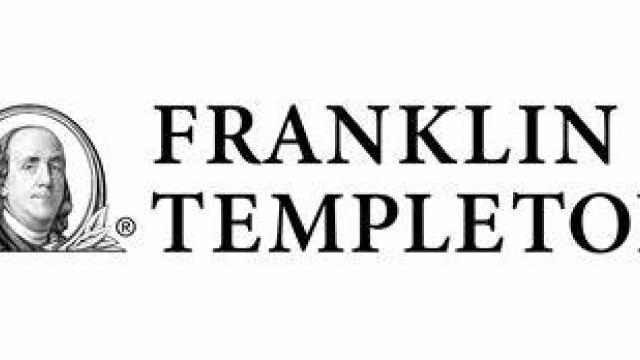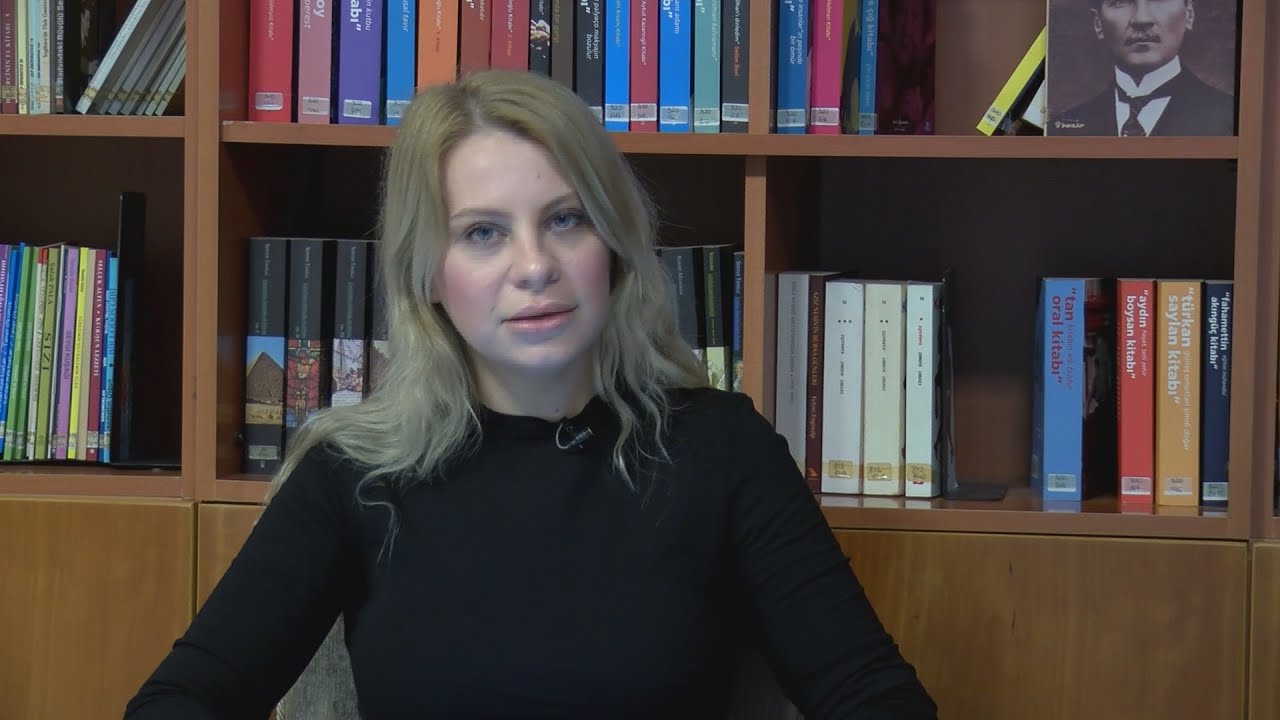The Pilbara Debate: Rio Tinto Vs. Andrew Forrest On Environmental Stewardship

Rio Tinto's Approach to Environmental Stewardship in the Pilbara
Rio Tinto, one of the world's largest mining companies, operates extensively in the Pilbara. Their approach to environmental stewardship involves a multi-faceted strategy encompassing various environmental management practices.
-
Stated Environmental Policies: Rio Tinto publicly commits to minimizing their environmental footprint through various initiatives detailed in their sustainability reports. These include commitments to reducing greenhouse gas emissions, rehabilitating mined areas, and protecting biodiversity.
-
Specific Initiatives: Examples of their environmental initiatives include detailed mine closure plans designed to return land to a pre-mining state or a more productive state, sophisticated water recycling programs to reduce reliance on freshwater sources, and biodiversity conservation efforts focused on protecting native flora and fauna.
-
Greenhouse Gas Reduction: Rio Tinto has set ambitious targets for reducing greenhouse gas emissions, although the specifics and timelines remain subject to ongoing debate and scrutiny. They are exploring various strategies, including renewable energy integration and carbon capture technology.
-
External Critiques: Rio Tinto's environmental performance has faced significant criticism, particularly concerning incidents like the destruction of ancient rock shelters at Juukan Gorge in 2020. This event sparked widespread outrage and highlighted concerns about the company's approach to Indigenous heritage protection and environmental impact assessments. Further criticisms often center around the scale of their operations and the overall impact on the delicate Pilbara ecosystem.
-
Effectiveness Evaluation: The effectiveness of Rio Tinto's environmental management systems remains a topic of ongoing discussion and analysis by independent researchers, environmental groups, and government agencies. While some progress has been made, achieving true sustainability requires continuous improvement and stricter adherence to best practices.
Andrew Forrest's Vision for Sustainable Mining and the Pilbara
Andrew Forrest, through his company Fortescue Metals Group (FMG), and its subsidiary Fortescue Future Industries (FFI), champions a drastically different approach to mining in the Pilbara. His vision is centered around "green mining" and a complete decarbonization of the mining industry.
-
Green Mining Initiatives: Forrest's initiatives focus on developing and implementing renewable energy solutions within FMG's operations, aiming to replace fossil fuels entirely. This includes significant investments in green hydrogen production and infrastructure.
-
FFI's Role: FFI plays a crucial role in Forrest's green mining vision, leading the charge in developing green hydrogen technology and exploring its application across various sectors, including mining and heavy industry. They are investing heavily in research, development, and large-scale production facilities.
-
Indigenous Engagement: Forrest emphasizes the importance of strong partnerships with Indigenous communities, advocating for greater benefit-sharing and meaningful engagement in decision-making processes concerning land use and resource management.
-
Decarbonization Strategy: Forrest's approach to decarbonization is significantly more ambitious than Rio Tinto's, aiming for complete elimination of fossil fuels within a set timeframe. This difference reflects a fundamental disagreement on the pace and scale of necessary change.
-
Feasibility and Impact: While ambitious, the feasibility and full impact of Forrest's sustainable mining model are still being evaluated. The scale of investment required and the technical challenges involved represent significant hurdles.
Key Areas of Conflict and Divergence
The contrasting approaches of Rio Tinto and Andrew Forrest highlight key areas of conflict and divergence regarding environmental stewardship in the Pilbara.
-
Rehabilitation and Biodiversity: Differences exist in their approaches to mine rehabilitation, with disagreements on the effectiveness of current methods and the long-term protection of biodiversity. Debates often revolve around the definition of "successful rehabilitation" and the long-term ecological impact of mining activities.
-
Environmental Regulations: Both parties hold differing views on the adequacy of current environmental regulations in the Pilbara, with some arguing for stricter standards and increased enforcement.
-
Indigenous Land Rights: Disputes arise concerning the impacts of mining operations on Indigenous communities and their traditional lands, including issues of consultation, benefit sharing, and the protection of cultural heritage.
-
Decarbonization Pace: The most significant point of contention lies in the pace and scale of decarbonization efforts. The disagreement reflects fundamental differences in vision and priorities, ranging from incremental improvements to a complete overhaul of the industry's energy sources.
The Role of Indigenous Communities in the Pilbara Debate
Indigenous communities are central to the Pilbara debate. Their traditional ecological knowledge, land rights, and cultural heritage are inextricably linked to the region's future.
-
Indigenous Perspectives: Indigenous perspectives on environmental stewardship are crucial, providing invaluable insights into the long-term impacts of mining and the importance of sustainable practices.
-
Native Title and Land Rights: Native title claims and land rights significantly influence environmental management decisions, emphasizing the need for genuine consultation and collaboration with Indigenous communities.
-
Consultation Effectiveness: The effectiveness of consultation processes with Indigenous communities remains a subject of debate, with concerns about the extent to which their voices are truly heard and their interests considered.
-
Traditional Ecological Knowledge: Integrating Indigenous traditional ecological knowledge into environmental management practices is essential for ensuring culturally appropriate and ecologically sound outcomes.
Conclusion
The debate between Rio Tinto and Andrew Forrest regarding environmental stewardship in the Pilbara highlights the complex challenges of balancing economic development with environmental protection in a resource-rich region. Their differing approaches showcase a range of strategies for sustainability, from incremental improvements in existing practices to a more radical transformation of the mining industry. The future of the Pilbara's environment and its communities hinges on the successful implementation of effective and genuinely sustainable mining practices. Understanding the nuances of the Pilbara debate is crucial for shaping a future where responsible mining practices and environmental stewardship go hand in hand. Engage in further research to understand the complexities of environmental stewardship in the Pilbara and advocate for sustainable solutions.

 Elena Rybakina Otkrovenno O Svoey Forme I Puti K Vosstanovleniyu
Elena Rybakina Otkrovenno O Svoey Forme I Puti K Vosstanovleniyu
 Discrepancies Revealed Former French Pm And Macrons Differing Views
Discrepancies Revealed Former French Pm And Macrons Differing Views
 Investing In Amundi Msci World Catholic Principles Ucits Etf Acc A Nav Perspective
Investing In Amundi Msci World Catholic Principles Ucits Etf Acc A Nav Perspective
 Ihanet Goerdueguende Intikami Hemen Uygulayan Burclar
Ihanet Goerdueguende Intikami Hemen Uygulayan Burclar
 Keiki Artists Shine Memorial Day Lei Poster Contest In Hawaii
Keiki Artists Shine Memorial Day Lei Poster Contest In Hawaii
